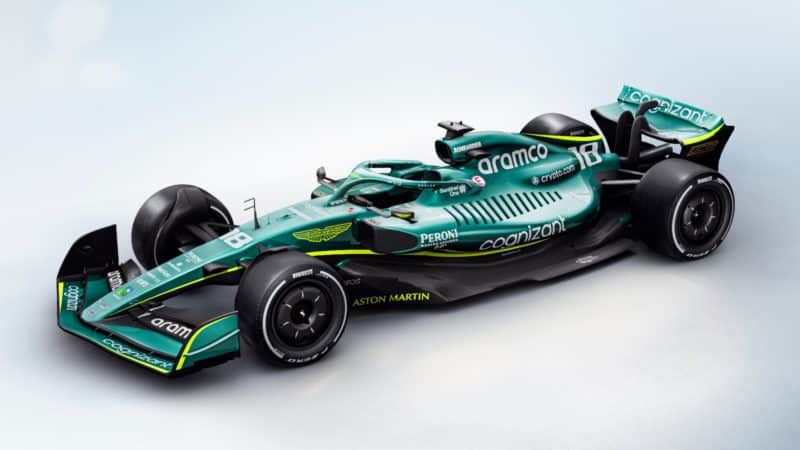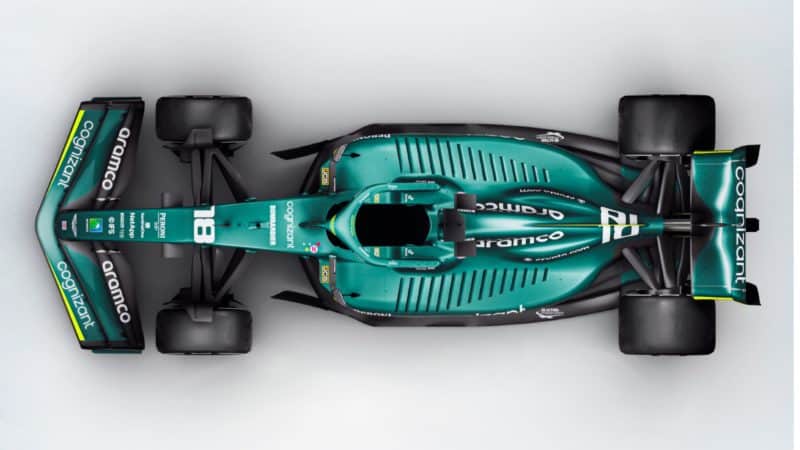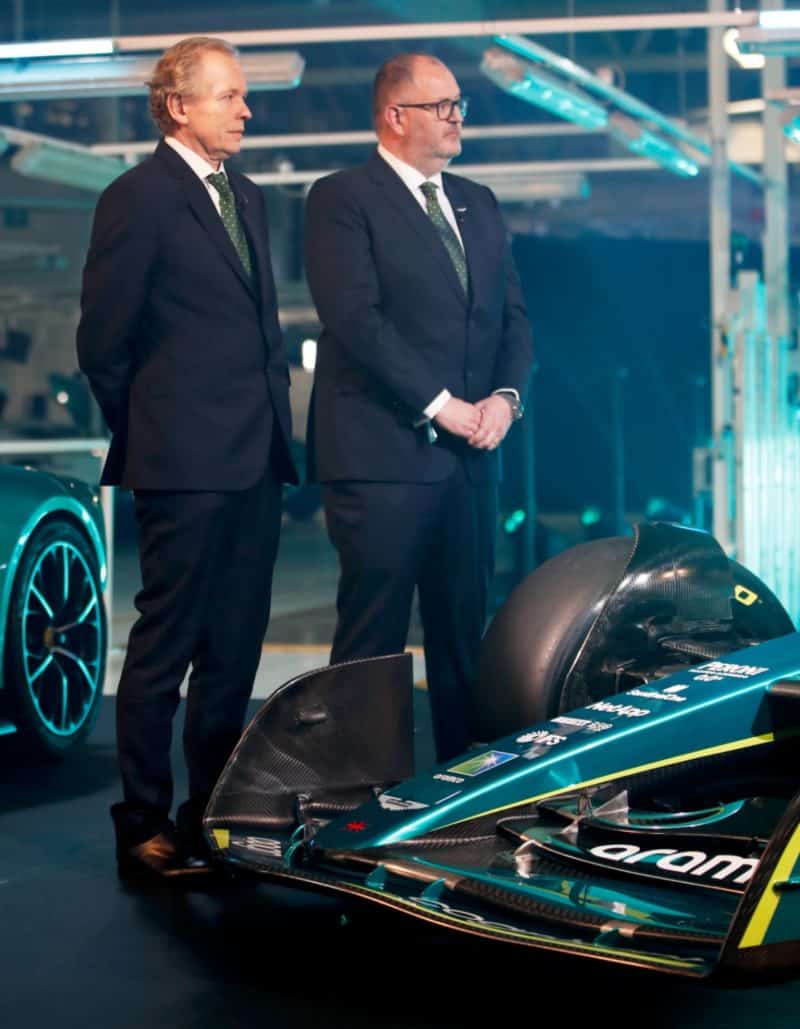“Then you’re into trying to align a chassis to a suspension system that you get late. We’d have to wait for the suspension to be defined before being able to define our own chassis. And that just wasn’t something that we could really consider.
“Especially with the timeframes and timescales we have, we would have to define a chassis quicker than Mercedes, because we would get the information later than them, and we’re not in that position to do that. So that’s the reason.”
Teams have just six days of testing, with the Barcelona session that kicks off on February 23 followed by another in Bahrain, shortly before the first race. There’s much to be learned, and not just about the cars themselves.
“Tyres are going to be a massive unknown to everybody,” says Green. “No one really knows what’s going to happen with the tyres when we start running them. As much as much as we’ve done some testing pre-season, the Abu Dhabi test and all the in-season testing last year, nobody has run these tyres with the ground effect car. And that’s going to be a real challenge.”
We can only hope that the rules do what was promised on the tin, and allow cars to follow each other more closely, and thus overtake more often. That will mean little if there’s a big performance spread, but as noted in theory the development race should be tighter than previously.
“I hope now with the cost cap in place we’ll be able to bring updates at least as frequently as Red Bull and Mercedes,” says Green. “We’re still working our way up to the cost cap, that’s for sure. We’ll be close this year, and we’ll be attacking it next year.
“I think the finances of the team are really strong, and we’re not really cash limited any more. Where we are limited is the resources that we have, the tools that we have at our disposal to develop the car, and to make good decisions on developing the car.
“I think that’s really where we’re hindered slightly, that’s what we’re working towards improving over the coming years.
“I don’t think the finances are going to stop us upgrading, I think it’s just our ability to come up with good ideas, and develop those good ideas before putting them on the car. But I think you will see a lot of development on this car over the course of the season – a lot.”





